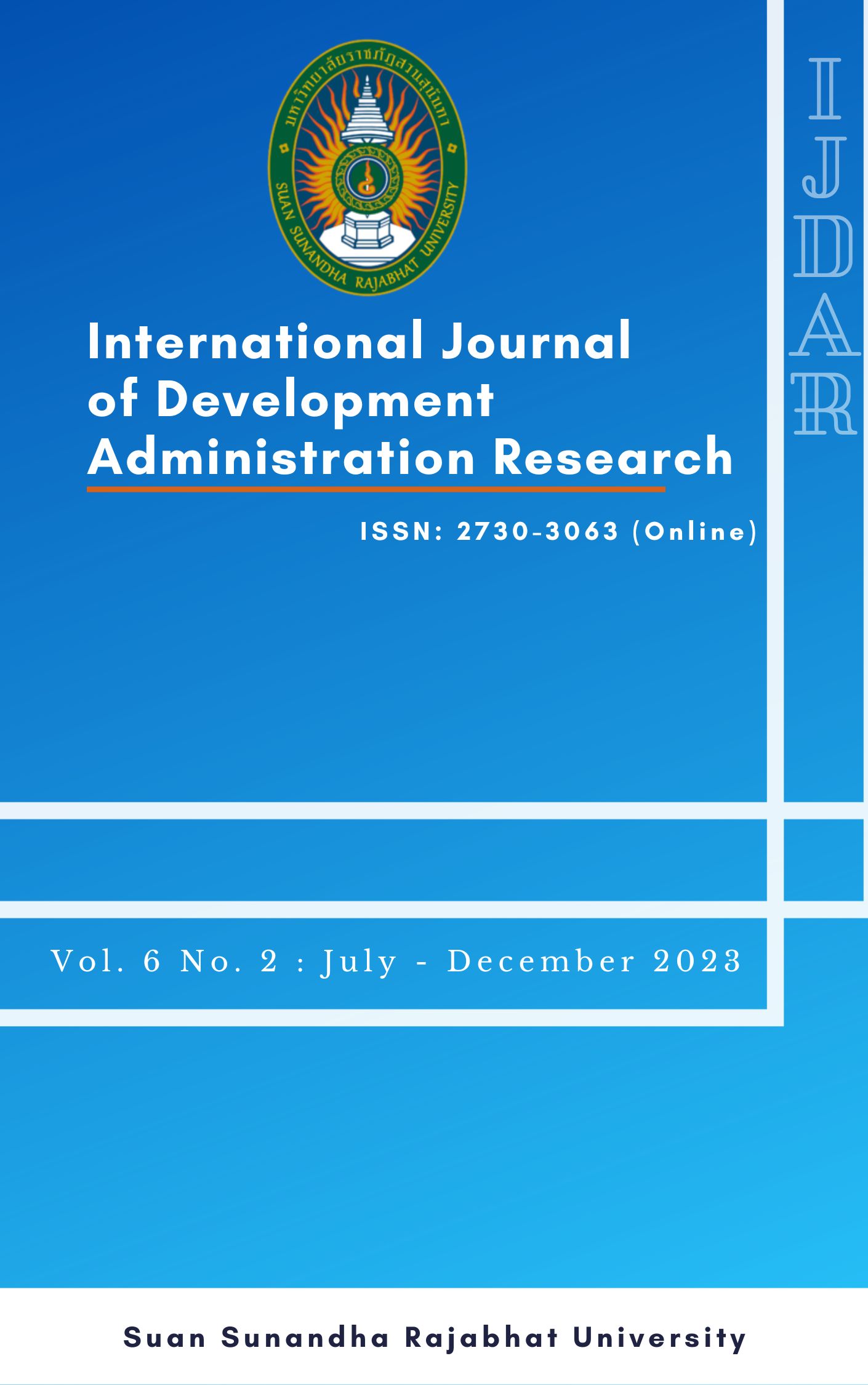Innovative Design in Real Estate for the Elderly Person
Main Article Content
Abstract
At present, Thai society tends to have more elderly people, causing new needs. with more in the real estate business, it's the same. Real estate developers have to design and invent different living styles and equipment within houses and projects to be in line with those needs. But not everything can be done easily or immediately. Some things require a high construction budget, and some things require careful learning and development in stages. This article will point out the promoting factors and advantages in order to create more use of this innovation. It also points out various concerns. Including steps to control the adoption of this real estate innovation. Applied to the elderly, be careful and There are possibilities in the social sector, architecture, and economics as well.
Article Details
References
Institute for Population and Social Research, Mahidol University (2006), Thailand, Figure of Thai’s population during 2005-2035.
Benjamin, J., Chinloy, P. & Hardin, W. (2006). Local presence, scale and vertical integration: brands as signals. Journal of Real Estate Finance and Economics, 33,.389-403.
Davidoff, T (2004). Maintenance and the Home Equity of the Elderly. Fisher Center for Real Estate and Urban Economics Paper No. 03-288.
Meola, A. (2016). How IoT and smart home automation will change the way we live. Business Insider, 19(December).
Bagley, R. O. (2014). What’s The Real Potential of the Internet of Things? Forbes.com, June 2nd.
George, M. L., James, W., & Kimberly, W. H. (2005). Fast innovation: Achieving superior differentiation, speed to market, and increased profitability. New York: McGraw- Hill.
Schermerhorn, J. R., Hunt, J. G., & Osborn, R. N. (2003). Organizational behavior. New York: John Wiley & Sons.
Peiser, R. B., & Frej, A. B. (2007). Professional real estate development: The ULI guide to the business (2nd ed.) WA: Urban land institute.
Crowther, D., & Aras, G. (2008). Corporate social responsibility. Bookboon.


